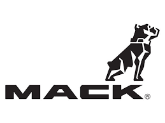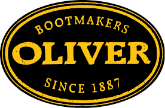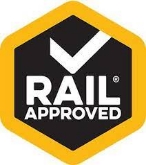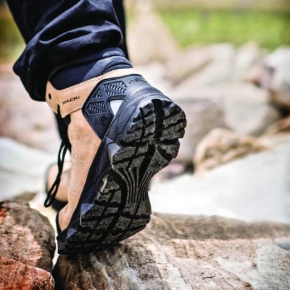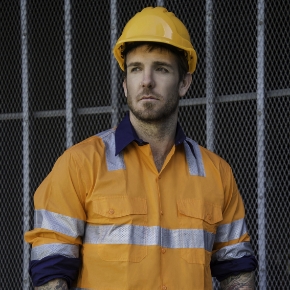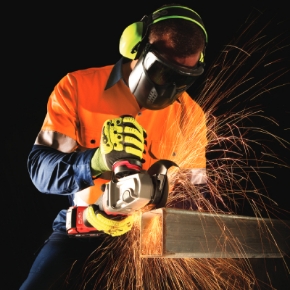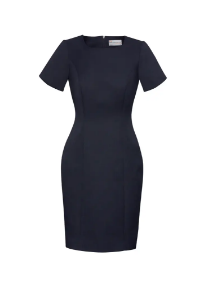
As the season changes and we bid farewell to summer, it's time to shift our focus to autumn cleaning. While tidying up your home and organising your belongings might be on your to-do list, don't forget about another crucial aspect of cleaning: your safety gear. Whether you're an avid outdoors enthusiast, a DIY hobbyist, or work in an industry that requires personal protective equipment (PPE), ensuring your gear is in top-notch condition is essential for your safety. In this blog post, we'll share valuable tips on how to inspect and maintain your safety gear so that it's ready to serve its purpose when you need it most.
Importance of Maintaining Safety Gear:
Before diving into the specifics of spring cleaning your safety gear, let's discuss why it's so important to prioritise its maintenance. Your safety gear acts as a shield, protecting you from potential hazards and preventing injuries. However, like any other tool or equipment, it requires regular inspection and upkeep to remain effective. Neglecting maintenance can compromise its integrity, rendering it less reliable and putting you at risk. By investing time and effort into maintaining your safety gear, you're investing in your own well-being.
Inspection Checklist:
Start your cleaning routine by thoroughly inspecting each piece of safety gear. Here's a checklist to guide you through the process:
Helmets:
Check for cracks, dents, or signs of wear and tear. Inspect the straps and buckles for any damage or fraying.
Safety Glasses/Goggles:
Ensure the lenses are clear and free of scratches. Check that the frames are intact and the nose pads are secure.
Ear Protection:
Examine earplugs or earmuffs for any tears or deformation. Test their effectiveness by wearing them in a noisy environment.
Gloves:
Look for holes, tears, or thinning areas in the fabric. Check that the grip is still effective and the seams are intact.
Respirators:
Inspect the mask for any cracks or damage. Replace filters if necessary and ensure a proper seal when worn.
Safety Shoes/Boots:
Check for wear on the soles and inspect the integrity of the steel toe cap (if applicable). Replace laces if they are worn or frayed.
Cleaning and Maintenance Tips:
Once you've identified any issues during the inspection, it's time to clean and maintain your safety gear. Here are some tips for keeping your equipment in top-notch condition:
Helmets:
Clean the exterior with mild soap and water, avoiding harsh chemicals that could degrade the material. Replace any worn-out padding or liners.
Safety Glasses/Goggles:
Use a lens cleaner or mild soap and water to clean the lenses. Avoid wiping them with rough materials that could scratch the surface.
Ear Protection:
Wipe earmuffs with a damp cloth to remove dirt and debris. For earplugs, follow the manufacturer's instructions for cleaning or replace them if they are disposable.
Gloves:
Wash gloves according to the manufacturer's instructions, using gentle detergent and lukewarm water. Air dry them thoroughly before use.
Respirators:
Clean the mask with a damp cloth after each use, paying special attention to the areas around the valves and filters. Store respirators in a clean, dry place when not in use.
Safety Shoes/Boots:
Brush off dirt and debris from the exterior, and clean the interior with a damp cloth. Apply a waterproofing agent to maintain the integrity of the material.
Storage and Organisation:
Proper storage is key to prolonging the life of your safety gear. Invest in storage solutions such as hooks, shelves, or bins to keep your equipment organised and easily accessible. Avoid storing gear in direct sunlight or extreme temperatures, as this can cause degradation of materials over time. Additionally, make it a habit to inspect your gear regularly, even during periods of non-use, to catch any issues early on.
As you embark on your prepare for the change of season, don't overlook the importance of inspecting and maintaining your safety gear. By following the tips outlined in this blog post, you can ensure that your equipment remains in top-notch condition, ready to protect you whenever you need it. Remember, your safety is worth the investment of time and effort into proper maintenance. Welcome Autumn!







































